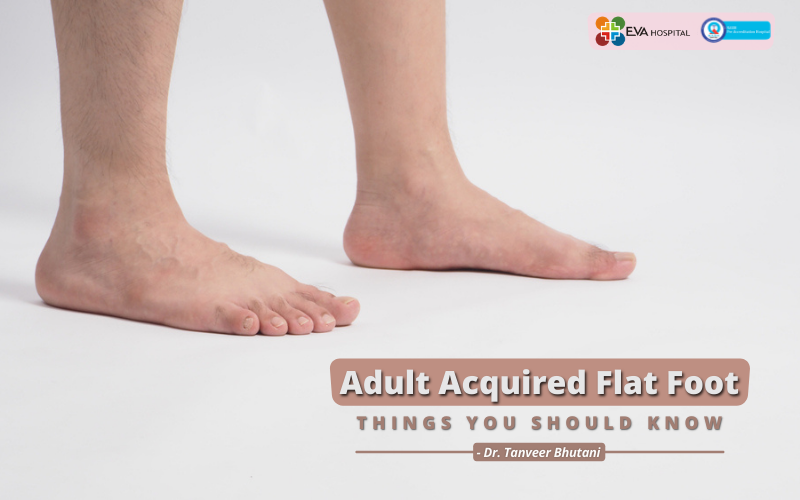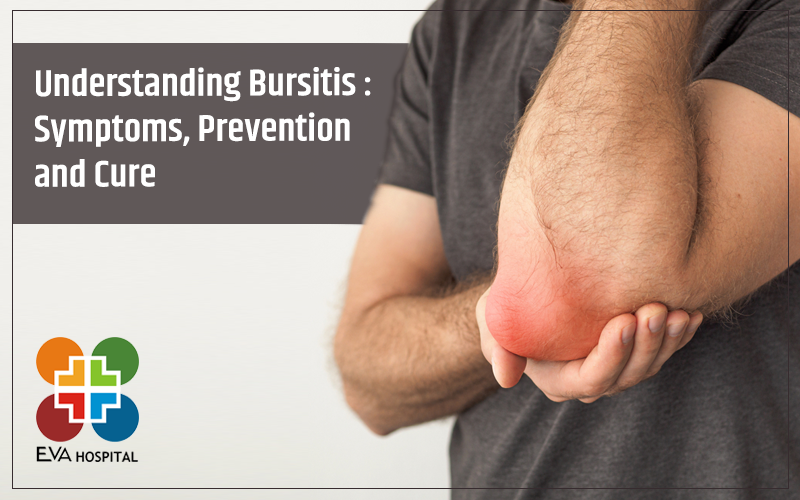
Adult Acquired Flat Foot – Things You Should Know
Adult acquired flat foot is a condition where the arch of the foot flattens progressively. When standing, the entire sole touches the ground. Adults who acquire this condition, mostly experience pain, difficulty inactivity, and require treatment.
It is also referred to as AAFD and Posterior Tibial Tendon Dysfunction. Usually, the problem begins with a little pain & swelling in tendons that later cause arthritis and arch collapse.
If you see any symptoms you should get your feet assessed at a Foot and Ankle Clinic. Early diagnosis and treatment of the condition are vital before it gets worse.
We will look at the causes, symptoms, and treatment of posterior tibial tendon dysfunction (PTTD).
Causes
Various medical conditions in adults and grownups can cause AAFD Syndrome.
Posterior Tibial Tendon Dysfunction
A flat foot may be acquired by an injury to the posterior tibial tendon. This tendon starts from the calf muscle and extends down to the lower leg to attach to the bones on the interior of the feet.
If there is any type of damage to PTT, it gradually collapses the arch.
Women and people over 40 are more likely to develop problems with the posterior tibial tendon. If a person has had flat soles since childhood, he runs a risk of tearing the posterior tibial tendon.
Also, sportspersons are likely to injure the tendon with repetitive use. Other risk factors include obesity, diabetes, and hypertension.
Arthritis
Adult-onset flatfoot can also be a consequence of arthritis. People above 40 with a sedentary lifestyle and excess weight may also develop rigid flattened soles. There may or may not be an injury, it can be inflammatory arthritis that develops gradually.
It not only damages the cartilage, but also the ligaments supporting the feet. Having affected the back and middle of the foot, it changes shape and the arch falls.
Sport Injury
Very commonly, adults develop PTTD feet via a physical impact causing injury to the ligaments of the foot. If you have had an injury while indulging in a sport, it is better you consult a sports injuries specialist.
Play an outdoor game, it may be a sports injury for which It dealigns with the joints that those ligaments support, making the arch collapse and become painful.
Apart from ligament damage, a fracture or bone dislocation in the central part may also cause AAFD.
Diabetic Arch Collapse
Adult flat feet can affect people who have severe diabetes or neurological problem due to which they lose sensitivity in their feet. They do not feel any pain and the arch collapse is more severe than that of those with normal sensation.
It may even cause more damage such as bone fracture and dislodgement without the patient realizing it. Such patients have to wear special shoes and braces.
Symptoms
The most prominent symptoms and peculiarities of adult flat feet are the droppings of the arch accompanied by fatigue along the inner side of your foot and arch.
Symptoms caused by AAFD vary with the cause of the flatfoot. It may include:
- Persistent pain alongside the posterior tibial tendon which lies on the interior of the foot and ankle. There may be swelling in the ankle too.
- Pain that becomes stronger with activity especially impactful actions such as those involved in sports, jogging, or jumping. The patient even experiences discomfort in walking or continual standing.
- Pain on the outer ankle area can also be a symptom of AAFD because arch collapse causes the heel bone to shift and cause trauma to the fibula, outside of the ankle bone.
- Swelling or bumps on the soles, especially of diabetics. They may not feel the pain. If not treated early, the condition can become severe.
- Bony bumps on the top and inner side of feet that appear in adults with old injuries or arthritis. They are painful and make it difficult to wear shoes.
Treatment
If you are not facing any discomfort or pain there isn’t a reason to be much concerned? Otherwise many types of treatment are available for patients of all ages. Adults’ flat foot problems can be prevented with timely measures such as custom orthotics, braces, supporting devices and special shoes, exercise, physiotherapy, rest, and medicines.
When the patient does not get relief from non-surgical treatments, surgery is considered.
According to Dr. Tanveer Bhutani, Sports Injury and Sports Doctor in Ludhiana, “There are various options of corrective surgery available at Eva for Adult Acquired Flat Feet.
However, we prefer to adopt conservative methods to see the healing power, the extent of damage, and response physical training.”
Dr. Bhutani is very experienced in the treatment and surgery of the feet and ankles.
For more information on AAFD, feet assessment, and treatment, you may schedule a consultation with him at Eva Hospital. Take your health care and health insurance details for cashless hospitalization if need be.









